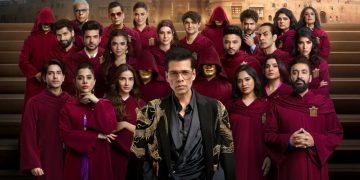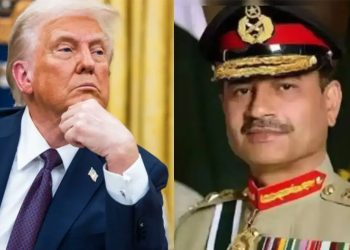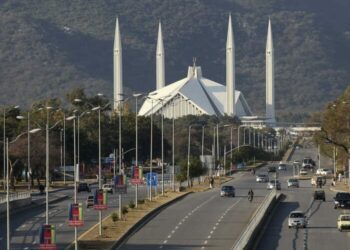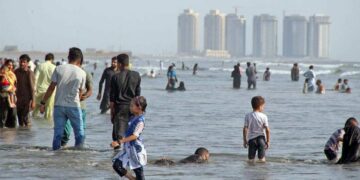If we examine the human history in the true sense, it shows that man is busy making such kind of inventions that could keep his wealth and life safe. In this regard the Peace of Westphalia treaty is very important, through this agreement, the wars in Europe ended, different national states were created. If you look at the foundation of the state, the role of each individual is included when the security of the state is discussed. So the state takes all kinds of measures, by which its people are safe and the society is at peace.
As far as Pakistan is concerned, we have been fighting an unconventional war for the last several decades. Due to this war, hundreds of people in Pakistan became victims of terrorism, in this war, not only citizens were harmed, but Pakistan was also harmed. Left, especially the Fifth Generation War which counts as an ideological war, for the past several years we have not been able to achieve sufficient results in it.
We often hear that Pakistan has become a part of the fifth generation war, before knowing the fifth generation war, we need to know the previous generation of wars. The generation of Modern War Fear theory was invented in the 1980s by American analysts, led by William S. Lander, who had never fought in a war in his life, but he wrote a lot for American Defense and divided the wars in different generations.
When people on both sides fought face-to-face with swords in wars, it was called First Generation War. The English Civil War (1642-1651) and the American War of Independence (1775-1783) are prominent examples. Then, when guns and cannons were invented and wars started to be fought through them, these wars are called Second Generation War. The biggest example of Second Generation War is First World War (1918-1914).
Second-generation warfare was developed by the French Army, as nations developed, engaged in efforts to outdo each other on the war front, when air forces and navies became central in wars. The way to attack the enemy from a distance came out and the use of technology began to play a decisive role, so such wars are called third generation war.
The most prominent examples of third generation warfare are World War II (1945-1939) and the Korean War (1953-1950). Until the third generation, wars were fought only between armies, with one country’s military being aware of another country’s military. But as time passed, new experiments were done on the war front which were successful, the role of non-state actors also became important along with the national forces to fight the war.
The role of local rogue elements and proxies also became important, non-state actors as well as the weapons of diplomacy, economy and propaganda were involved, such a war was called Fourth Generation War. Just as the Soviet Union fought these wars in many countries through local powers instead of sending its own troops.

























